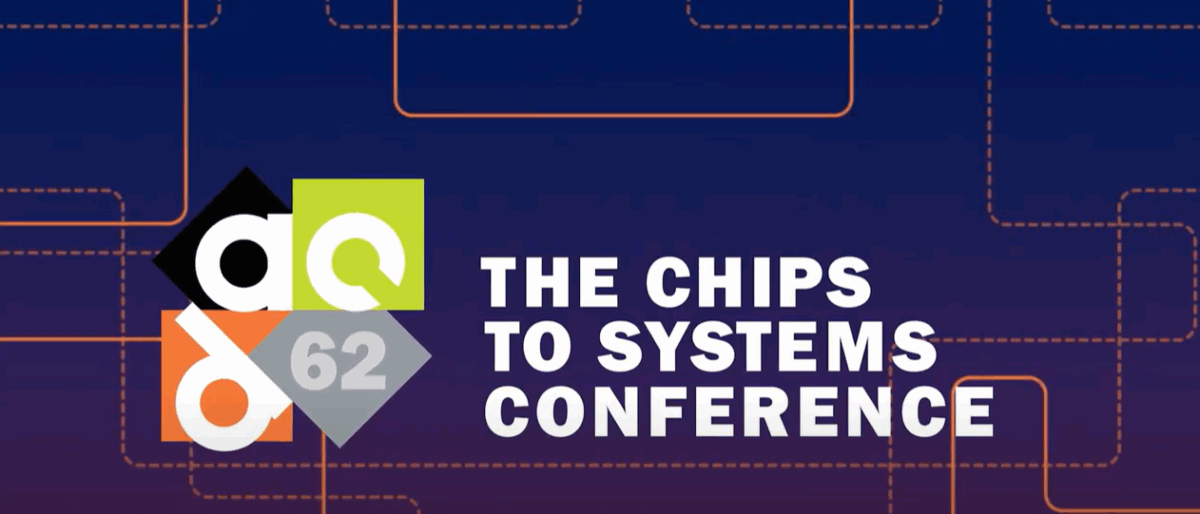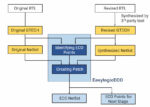Visiting a new EDA vendor at #61DAC is always a treat, because much innovation comes from the start-up companies, instead of the established big four EDA companies. I met with Vincent Bligny, Founder and CEO of Aniah on Wednesday in their booth, to hear about what they are doing differently in EDA. Mr. Bligny has a background working… Read More
Electronic Design Automation
Writing Better Code More Quickly with an IDE and Linting
As a technical marketing consultant, I always enjoy the chance to talk to hands-on users of my clients’ electronic design automation (EDA) tools to “see how the sausage is made” on actual projects. Cristian Amitroaie, CEO of AMIQ EDA, recently connected me with Verification and Infrastructure Manager Dan Cohen and Verification… Read More
Mitigating AI Data Bottlenecks with PCIe 7.0
During a recent LinkedIn webcast, Dr. Ian Cutress, Chief Analyst at More than Moore and Host at TechTechPotato, and Priyank Shukla, Principal Product Manager at Synopsys, shared their thoughts regarding the industry drivers, design considerations, and critical advancements in compute interconnects enabling data center… Read More
AI-Powered Transformation in EDA
The integration of artificial intelligence (AI) into Electronic Design Automation (EDA) is revolutionizing chip design, addressing the critical shortage of skilled engineers and accelerating the development process. As Jeff Dyck, Senior Director of Engineering at Siemens EDA, explains in a recent DACtv presentation, … Read More
Visualizing Multi-Die Design: Ansys and NVIDIA’s Omniverse Collaboration
In a DACtv session on July 22, 2024, Rich Goldman from Ansys discussed the partnership with NVIDIA, focusing on accelerating engineering simulations and visualizing 3D IC designs in Omniverse. The collaboration, outlined in six pillars defined by NVIDIA CEO Jensen Huang, leverages NVIDIA’s GPUs and Grace CPUs to enhance… Read More
Easy-Logic and Functional ECOs at #61DAC
I first visited Easy-Logic at DAC in 2023, so it was time to meet them again at #61DAC in San Francisco to find out what’s new this year. Steven Chen, VP Sales for North America and Asia met with me in their booth for an update briefing. Steven has been with Easy-Logic for six years now and earned an MBA from Baruch College in New York. This… Read More
Defacto Technologies and ARM, Joint SoC Flow at #61DAC
At #61DAC I stopped by the Defacto Technologies exhibit and talked with Chouki Aktouf, President and CEO, to find out what’s new in 2024. ARM and Defacto have a joint SoC design flow by using the Arm IP Explorer tool along with Defacto’s SoC compiler, which helps to quickly create your top-level RTL, IP-XACT and UPF files. This tool… Read More
Theorem Proving for Multipliers. Innovation in Verification
An explosion in multiplier types/combinations lacking well-established C reference models for equivalence checking is prompting a closer look at theorem proving methods for verification. Paul Cunningham (GM, Verification at Cadence), Raúl Camposano (Silicon Catalyst, entrepreneur, former Synopsys CTO and now Silvaco… Read More
AMIQ EDA Integrated Development Environment #61DAC
I stopped by the AMIQ EDA booth at DAC to get an update from Tom Anderson about their Integrated Development Environment (IDE), aimed at helping design and verification engineers save time. In my early IC design days we used either vi or emacs and were happy with having a somewhat smart text editor. With an IDE you get a whole new way … Read More
Podcast EP237: The Expanded Use of Functional Test Patterns for Manufacturing with Robert Ruiz
Dan is joined by Robert Ruiz, a product management director responsible for strategy and business growth of several verification products at Synopsys. Robert has held various marketing and technical positions for leading functional verification and test automation products at various companies including Synopsys, Novas… Read More










Quantum Computing Technologies and Challenges